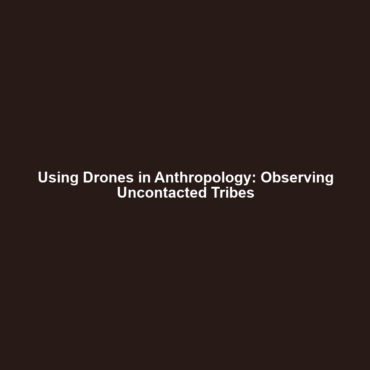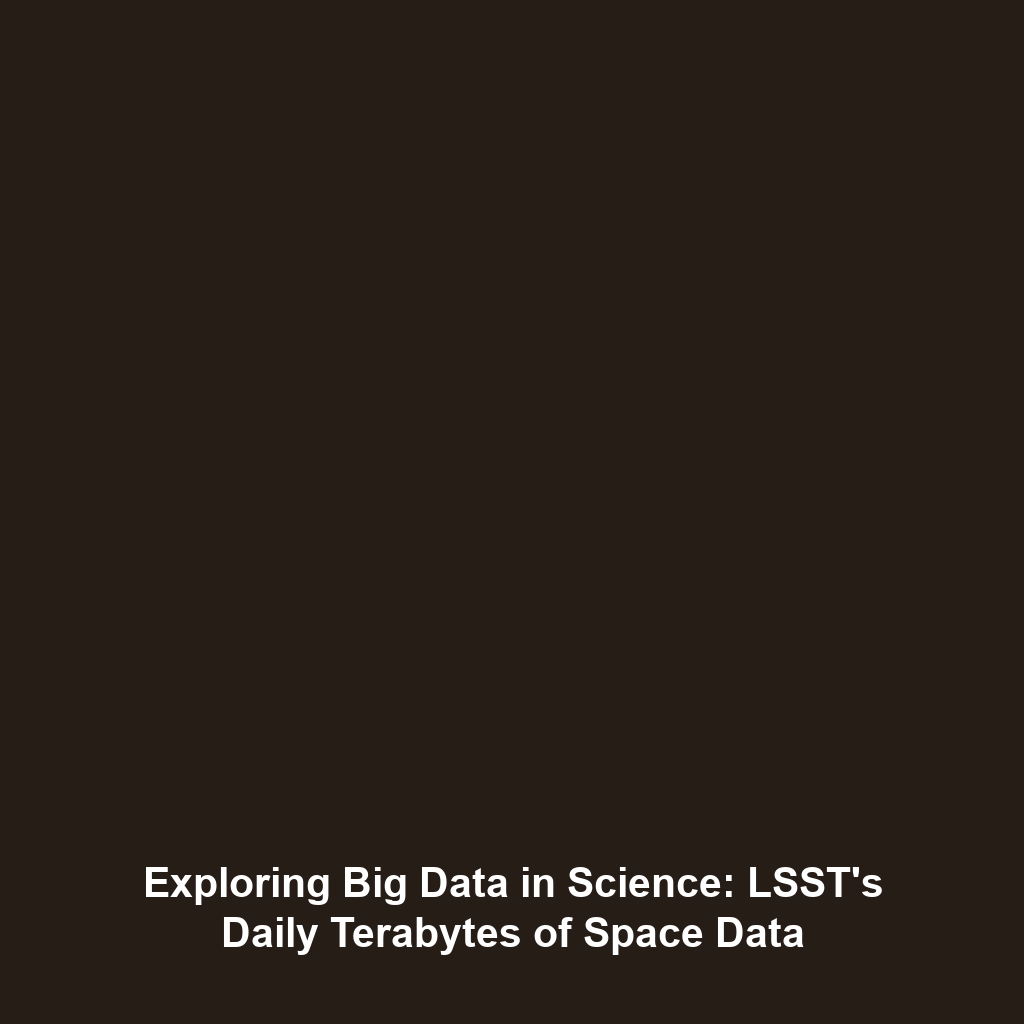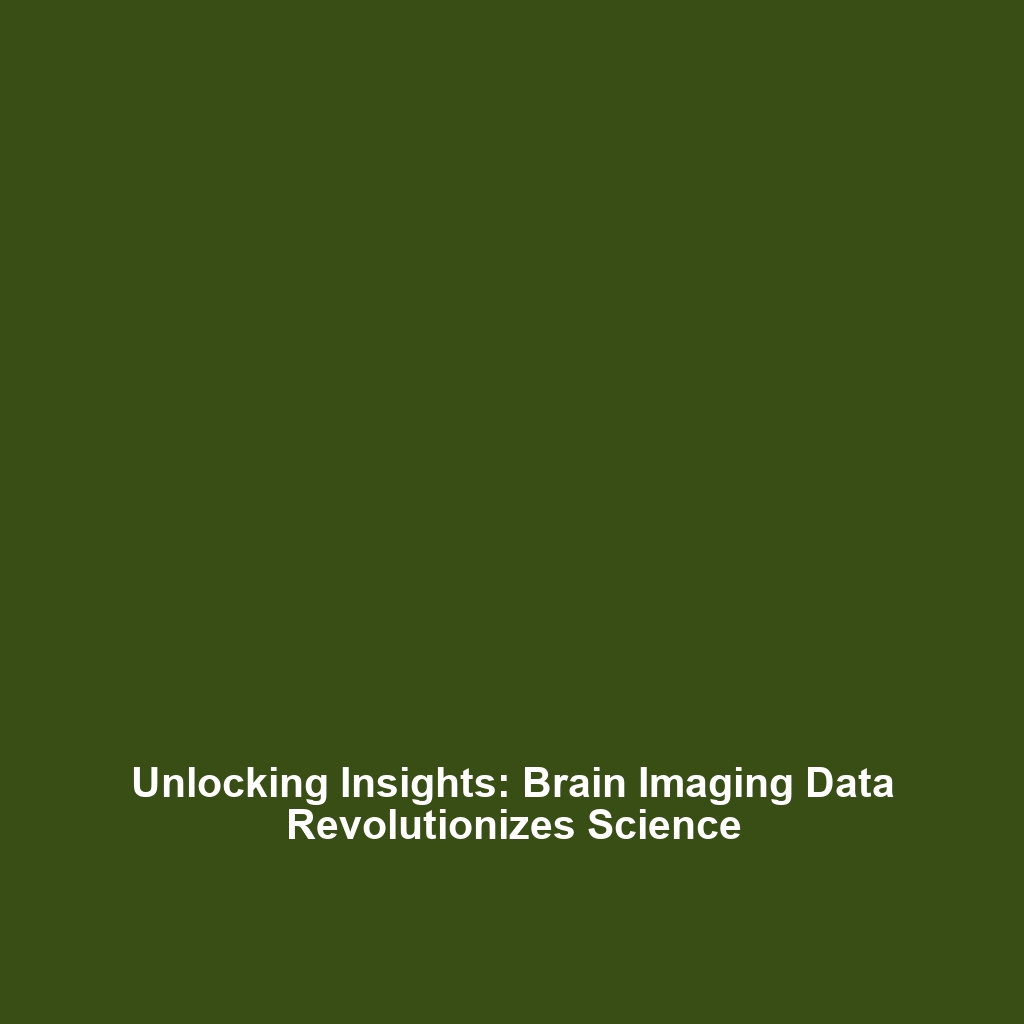Features: Combining Ape-like Traits with Human-like Characteristics in Human Evolution
Introduction
Understanding human evolution involves examining species that exhibit a fascinating blend of ape-like and human-like features. Specifically, the combination of ape-like traits such as a small brain and human-like characteristics such as a flat face and potential bipedalism provides profound insights into our ancestors. The significance of these traits highlights the evolutionary transitions that have shaped Homo sapiens and offers a glimpse into the adaptations that led to modern human capabilities.
Key Concepts
Ape-like Traits
Ape-like features are primarily characterized by physical adaptations conducive to arboreal life, including:
- Small brain size: Often correlates with less complex social structures and tool use.
- Facial protrusions: Typically observed in early hominids and non-Homo species.
Human-like Traits
Conversely, traits that resemble modern humans include:
- Flat face: Allows for more advanced communication and social interactions.
- Bipedalism: Enhances mobility and efficiency in varied environments.
Evolutionary Significance
This amalgamation of traits reflects critical phases in human evolution, demonstrating how adaptability led to our unique evolutionary path.
Applications and Real-World Uses
The study of species combining ape-like features with human-like characteristics has plentiful applications:
- Evolutionary biology research: Helps scientists understand the adaptive traits leading to modern humans.
- Anthropological studies: Assists in tracing lineage and migration patterns of early humans.
For instance, how scientists use evidence of bipedalism in ancient fossils to illustrate the evolutionary transition from tree-dwelling ancestors to ground-dwelling hominins demonstrates the profound impact of these studies in understanding our evolutionary past.
Current Challenges
Despite the intriguing nature of these studies, researchers face several challenges:
- Paleoanthropological evidence: Fossil records are often incomplete or fragmented.
- Interpretative limitations: Distinguishing between traits caused by environmental adaptations versus genetic changes can be complex.
- Technological constraints: Developing precise dating techniques for ancient fossils is an ongoing challenge.
Future Research and Innovations
Looking ahead, ongoing research promises exciting breakthroughs in understanding human evolution, such as:
- Advanced imaging technologies: Allowing for more detailed analyses of fossilized remains.
- Genomic studies: Providing insights into genetic variations and evolutionary processes of ancient hominins.
These innovations will undoubtedly enhance our understanding of how ape-like features combined with human-like traits contributed to the evolution of modern Homo sapiens.
Conclusion
In summary, the exploration of species that combine ape-like features such as a small brain with human-like traits like a flat face and possible bipedalism reveals pivotal aspects of human evolution. Understanding these traits not only sheds light on our past but also influences contemporary anthropological and evolutionary research. For further reading, please explore our resources on human evolution research and principles of evolution.




